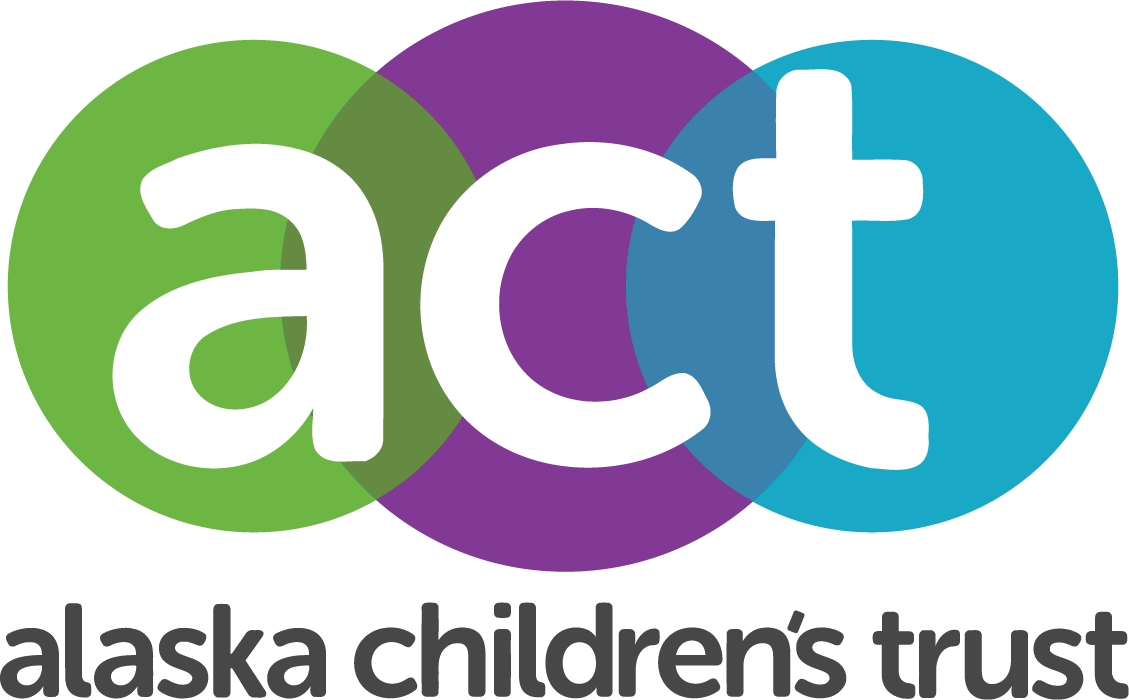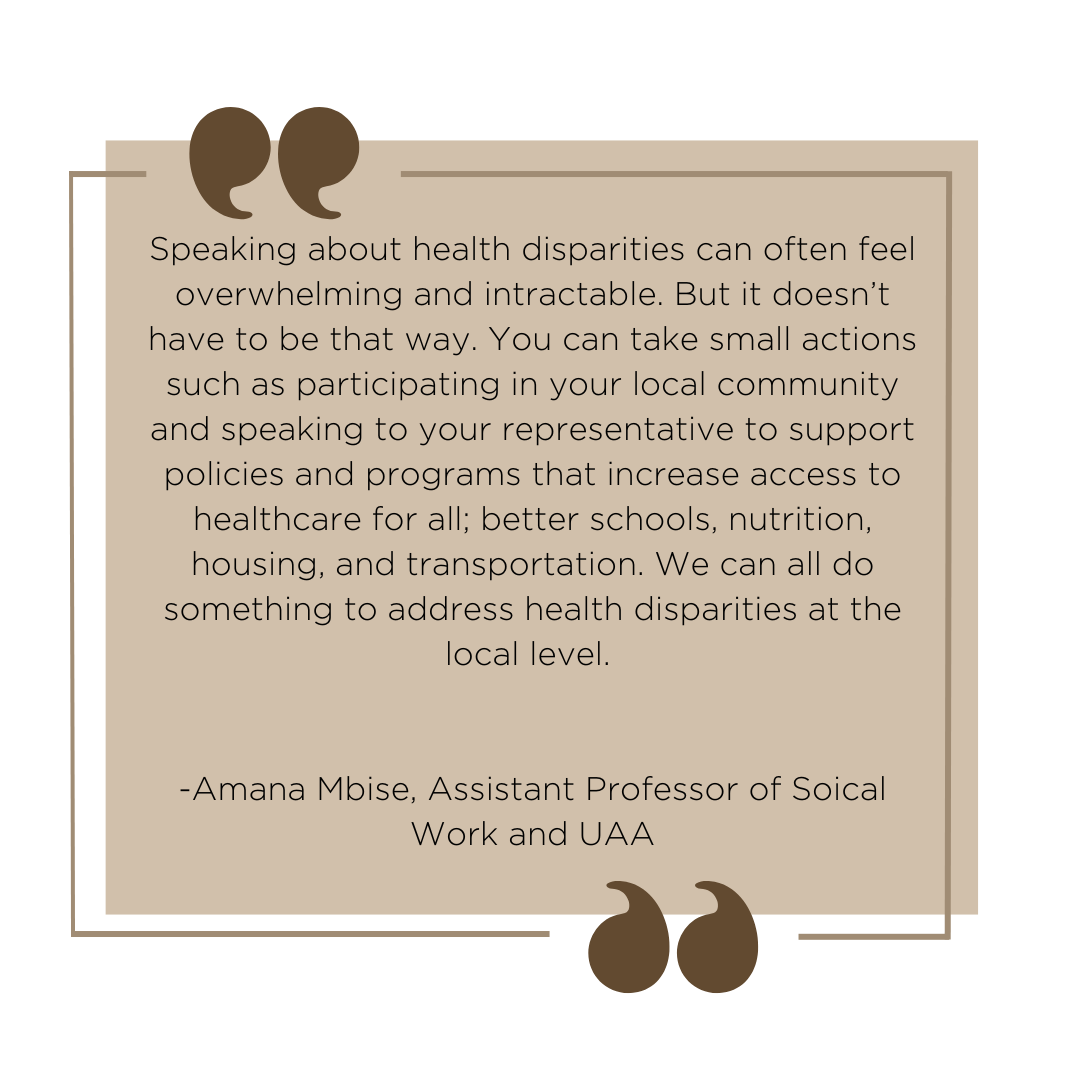Differences in Child and Family Health Outcomes and Experiences in Alaska
Similar to most Alaskans, I want nothing more than to see our children and families in good health. However, as a Black Alaskan pursuing a degree in nursing, I’ve personally witnessed and experienced health disparities that put so many of my community members at risk.
The Alaska Children’s Trust 2023 KIDS COUNT Report and the Black Alaskans Health Status Report shed light on significant health disparities faced by the Black community in Alaska. Two key data points are low birth weight and teen pregnancy.
Low Birth Weight Babies in Alaska
A healthy and well-nourished baby is the first step towards a healthy and successful childhood. When a baby is born at a low birth weight (under 5.5 lbs.), the baby is more at risk for experiencing developmental delays and disabilities. Although Alaska has one of the lowest rates of low birth weight babies (6.6%, compared to 8.2% nationally), Black babies consistently have a higher prevalence of being underweight. In 2020, 13% of Black babies were considered low birth weight, almost twice the state average.
Factors that may impact the likelihood of giving birth to a low birth weight baby include:
Infection
Multiple births
Obesity
Poor nutrition
Poverty
Smoking
Stress
Violence
Limited access to quality healthcare
Systemic inequalities
Socioeconomic disparities
Racial bias within the healthcare system
Teenage Pregnancy in Alaska
In addition, teenage mothers are more likely to give birth to preterm and low birth weight babies. Plus, having a baby during high school can disrupt the mother’s education and economic opportunities that set the course for her success in life and ability to support her child.
While Alaska has shown a slight decrease in overall teen birth rates, the Black Alaskan Health Status Report presents a contrasting narrative. From 2018 to 2020, there was an increase in teen birth rates among Black Alaskans from 15% to 20%.
*Teen births are defined as births by mothers between the ages of 15-19
These statistics underscore the urgent need for targeted interventions, improved access to quality health care, and a comprehensive approach to address complex factors. The data shows why it is important to disaggregate data and the importance of health equity. Health equity is when every Alaskan has a fair and just opportunity to be healthy.
Ways to Take Action
Health equity is when every person has a fair and just opportunity to be healthy. To achieve health equity for Black Alaskan babies and mothers, ACT supports several strategies. One such strategy passed the Alaska state legislature last year, Senate Bill 58, a bill lengthening Medicaid coverage for mothers postpartum from 60 days to 12 months. The bill also extended eligibility to pregnant people within 225% of the federal poverty line, meaning that not only will moms be covered for longer due to the extension, but due to lowered income requirements, more new mothers will have the tools to take care of themselves and their babies.
ACT also supports and encourages other measures to achieve health equity, including:
Increase outreach for Medicaid renewals and work to lower the uninsured rate of Alaskan children, which is one of the highest in the country
Encourage diverse representation in medical fields, ensuring that patients are comfortable and that providers have a cultural understanding of their patient. That includes but is not limited to providing interpreters and community liaisons in hospital and pre-hospital settings
A mother’s environment and the external stressors around her play a big role in her own and her baby’s health outcomes. We must create a supportive, interconnected, and violence- free community around pregnant moms to improve health equity.
Provide access to health education, including age-appropriate sexual education for teenagers, in order to prevent early pregnancy
Educate and support policies that promote equity across the board, including efforts towards housing and economic stability, which in turn leads to better health outcomes
Black Alaskan Health Status Report (2022)
Black Alaskan Health Status Report (2022)
About the author: Hailey Clark was a summer intern for Alaska Children’s Trust and is a sophomore at the University of New Mexico, where she studies nursing with minors in Spanish and Africana Studies. She is also the secretary for her campus’ Black Student Union and her sorority, Alpha Kappa Alpha Sorority Inc. She hopes to become a Family Nurse Practitioner and own her own clinic in Anchorage. Hailey spends her time hanging out with her friends and family and loves being outside with her dog, Joe.











